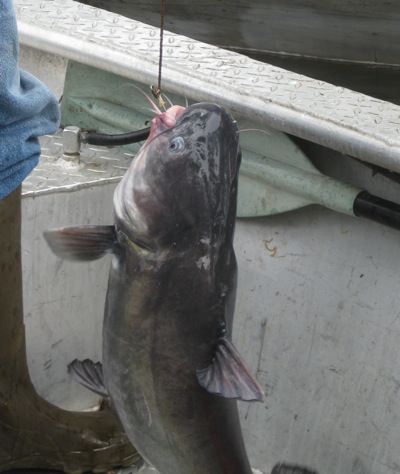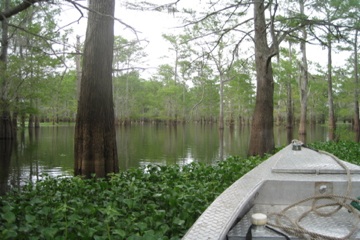
Photos by author
He hauls it into the boat, pulls the hook from its lip with a practiced yank.
The catfish emits a guttural gurgle that Roy doesn’t appear to notice. He plops the fish on the shiny silver boat bottom, now speckled with blood. I watch the catfish gasp and struggle for life, flopping about helplessly. I can’t look away – I’ve never seen a fish, or anything else, die before. Roy, however, climbs to the back of the boat and speeds on to another line. The dark, whiskered creature is soon a still mass of scales and flesh.
